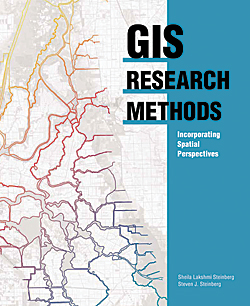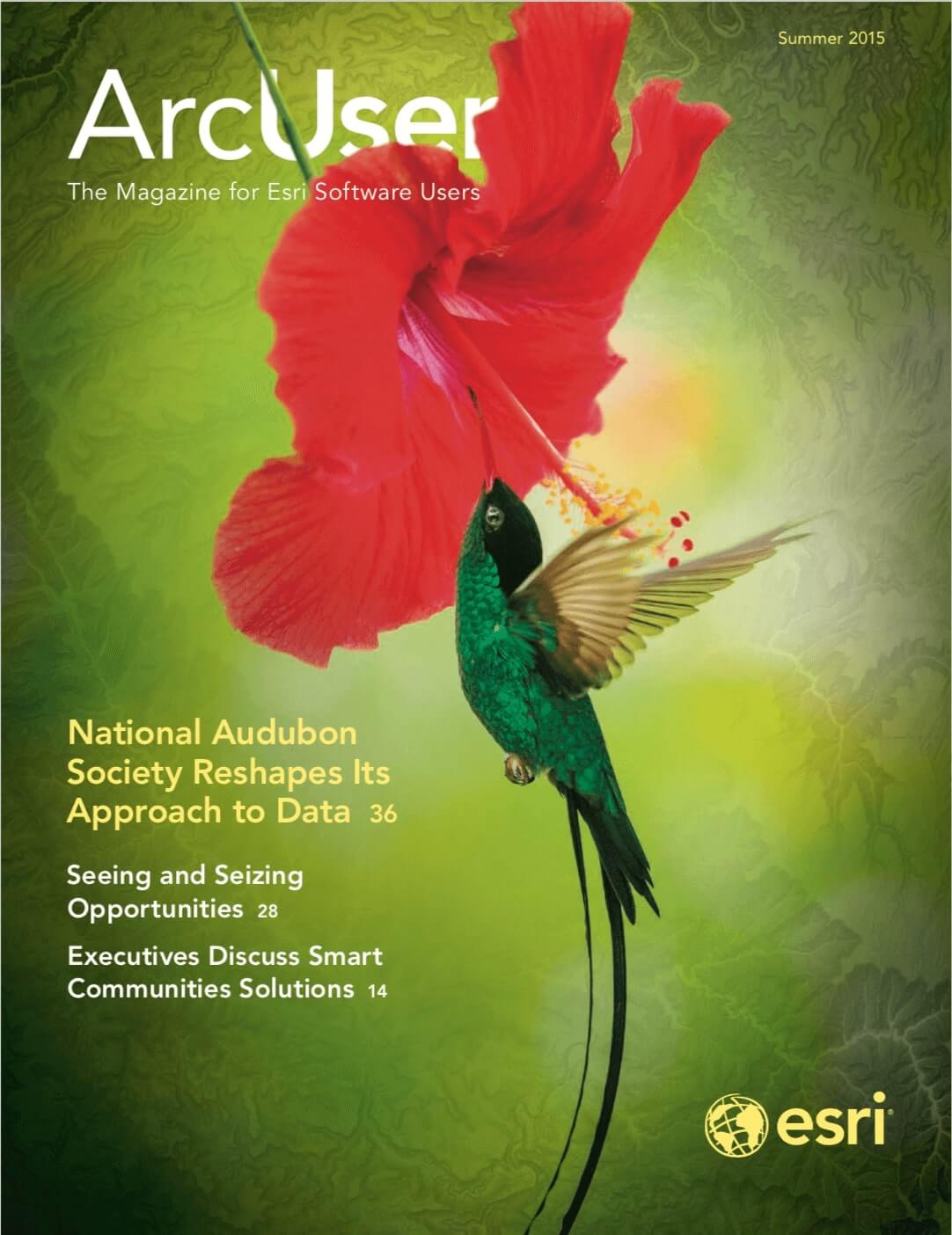
Scientific data that’s spatially analyzed produces highly useful information for academics, scientists, and other researchers, helping them better answer questions and make well-informed decisions. GIS Research Methods: Incorporating Spatial Perspectives, published by Esri, shows how spatial analysis using GIS technology enhances research in the social and physical sciences.
The book, which was written for social and physical science professionals and academics, provides a solid introduction to research methods using GIS. Authors Sheila Lakshmi Steinberg and Steven J. Steinberg provide well-organized and easy-to-understand descriptions of how spatial thinking and GIS can be incorporated into research design and analysis. It introduces readers to the value of thinking spatially, GIS basics, research design and ethics; data sampling and collection, volunteered geographic information, and spatial analysis using Esri ArcGIS technology. The authors are scientific researchers who have used GIS in their academic work.
In the book’s foreward, the authors note that, “A unique aspect of this book is that we focus specifically on how to integrate GIS into both qualitative and quantitative research. Our objective in writing this book is to provide a foundation for GIS research methods and, more specifically, to integrate spatial thinking and spatial analysis into a research tool with clear methodological techniques.”
The book not only provides a solid introduction to research methods using GIS, but it also addresses factors—such as geographic boundaries, data, and stakeholders—that should be considered when creating strong place-based policies. The authors maintain that policy makers who consider space and place will be more likely to generate policy that is effective in the long run because they have a better opportunity to consider the concerns, needs, and perspectives that tie data, people, and place together.
Sheila Lakshmi Steinberg is a professor of social sciences at Brandman University, based in Irvine, California. She earned her bachelor’s degree from the University of California, Santa Barbara; her master of science degree from the University of California, Berkeley; and her doctorate from Pennsylvania State University. Her research interests include environmental sociology, culture, and GIS.
Steven J. Steinberg is a principal scientist at the Southern California Coastal Water Research Project, a public environmental research agency based in Costa Mesa, California. He received his bachelor of science degree from Kent State University, his master of science degree from the University of Michigan, and his doctorate from the University of Minnesota. Esri Press, 2015, 440 pp., print: ISBN: 9781589483781, e-book: ISBN: 9781589484047.

